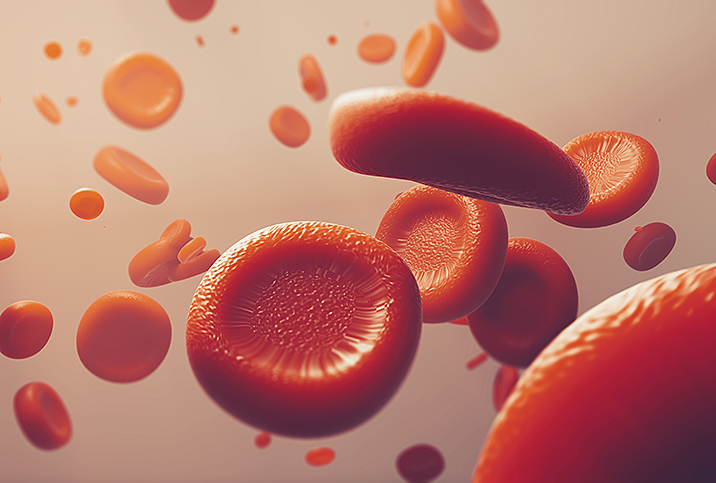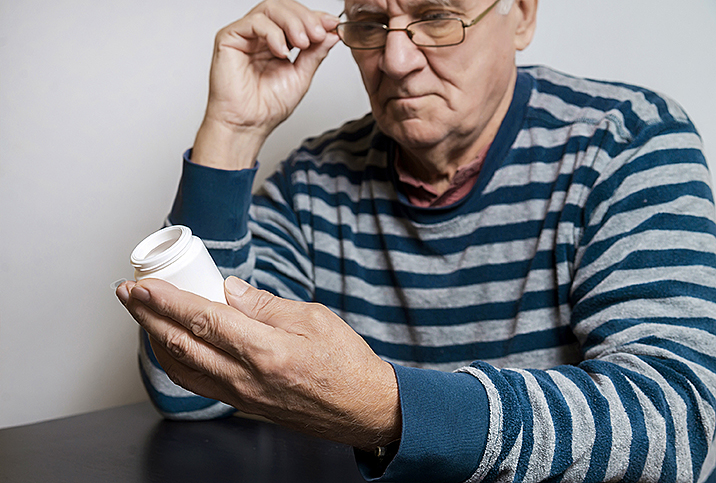Men With Type 2 Diabetes Lack Vital Molecule in Red Blood Cells

Erectile dysfunction (ED) is, unfortunately, a common condition for men living with diabetes. The issue stems from damaged blood vessels and can potentially lead to life-threatening consequences such as heart attacks and strokes. In that case, ED may be the least of your worries.
But the findings in a study by researchers at Karolinska Institutet in Sweden, published in the journal Diabetes, could help with the more serious complications of diabetes. Given how vascular problems affect blood flow throughout the body, these findings have potential implications for ED.
How can diabetes cause ED?
Diabetes can hamper erections in a number of ways, whether it be high blood pressure, neuropathy, or heart and vascular disease.
At the most basic level, though, it's a complication that arises from problems in red blood cells, which leads to vascular damage that can cause blood-flow issues. When blood vessels carrying oxygen and nutrients throughout the body stop working properly, difficulties arise.
Since erections occur when arteries expand to increase blood flow to the penis, faulty blood vessels can significantly impact the process and become a contributing factor to ED.
Exactly what aspect of diabetes causes damage to blood vessels is still unclear. Recently, however, researchers may have uncovered a possible breakthrough: Patients with type 2 diabetes show reduced levels of a specific red blood cell molecule, while people without the disease do not. The reinjection of this molecule, called microRNA-210, could prevent vascular damage.
A new study shows help may be on the way
According to the Karolinska Institutet study, microRNAs are part of a group of molecules that regulate vascular function in people with diabetes, among other conditions. MicroRNA-210 was "markedly reduced" in the red blood cells of 36 patients with type 2 diabetes who were studied, as opposed to 32 people without the disease.
The reduction of the molecule altered specific vascular protein levels and damaged endothelial cell function, a process that controls vascular relaxation and contraction, as well as blood clotting, immune function and platelet adhesion.
Adding microRNA-210 back into red blood cells prevented the development of vascular injury through critical molecular changes.
"The findings demonstrate a previously unrecognized cause of vascular injury in type 2 diabetes," said Zhichao Zhou, Ph.D., an assistant professor in the cardiology division of the Department of Medicine, Solna, at Karolinska Institutet, in a press release.
How could microRNA-210 help with ED?
It's important to note the Karolinska Institutet's study—Zhou worked with colleague John Pernow, M.D., among others—has yet to progress past the experimental stages. But the findings have the potential to significantly impact people with type 2 diabetes and men who experience ED caused by the disease.
"We hope that the results will pave the way for new therapies that increase red blood cell microRNA-210 levels and thereby prevent vascular injury in patients with type 2 diabetes," Zhou said.
If the researchers' goals come to fruition and this newly discovered process does indeed prevent vascular injury, it could potentially benefit everyone with type 2 diabetes, including men whose sex lives have been affected by ED.


















